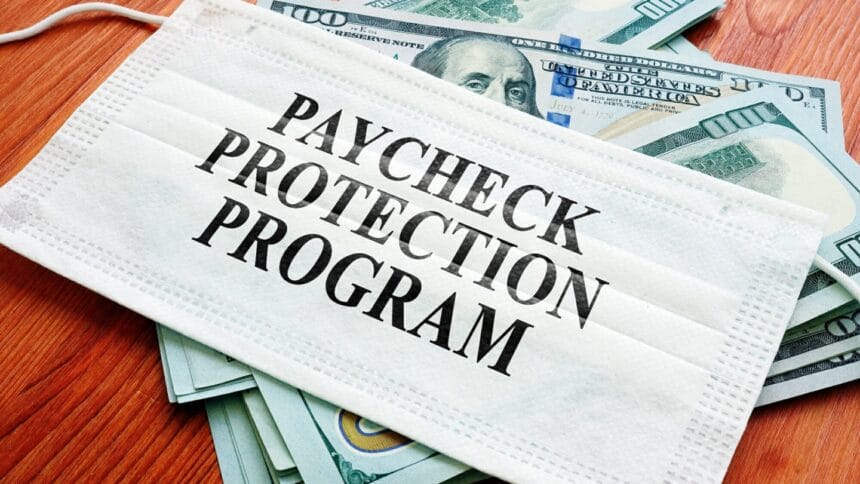
Amid the ongoing technical glitches and complaints of misallocated funds when the Small Business Administration launched the Paycheck Protection Program in March, there was also much confusion around the calculations and payroll items to include in loan sizing. As a result, many borrowers and lenders may have errors that resulted in a PPP loan amount exceeding the borrower’s correct maximum loan amount.
Those who have identified errors in their PPP loan sizing during the first or second draw should be sure to work together with their lender to remedy the incorrect PPP amounts, according to an article published Friday by CLA.
In a procedural notice released last month by the SBA, the agency deemed an excess loan amount to be an error made in good faith by a borrower or lender that caused a borrower to receive a PPP loan amount that exceeds the borrower’s correct maximum loan amount.
Some common errors include a borrower who mistakenly failed to subtract amounts paid to employees in excess of $100,000 annualized, and who mistakenly included payments to an independent contractor in its calculation of payroll costs. A lender also may have made an input error, for example, approving the borrower for $35,000 when the application was for $25,000.
No matter how or why the error occurred, however, the notice makes it clear that a borrower may not receive loan forgiveness for amounts that exceed the correct maximum loan.
“If the lender or SBA determines a borrower was ineligible for any portion of its loan amount, forgiveness will be denied for the ineligible portion and the borrower must begin making payments on the remaining loan amount,” the notice states. “Any unforgiven loan amounts remain obligations of the borrower, even if the borrower was ineligible to receive some or all of the loan.”
CLA recommends that if a borrower or lender identifies an error before submitting the forgiveness application to the SBA, the lender should issue a decision to the SBA that denies forgiveness for the amount in excess of the borrower’s correct maximum loan amount. Further, if an excess loan amount error is identified after it has been submitted to the SBA, then the lender should promptly request the withdrawal of the lender loan forgiveness decision by notifying the SBA through the SBA Paycheck Protection Platform. The lender then can correct the error and resubmit a new lender forgiveness decision, according to the firm.
“The borrower is at risk of being liable, so if you are a PPP borrower, make sure you account for any errors as soon as possible,” the firm noted.




